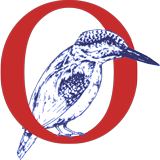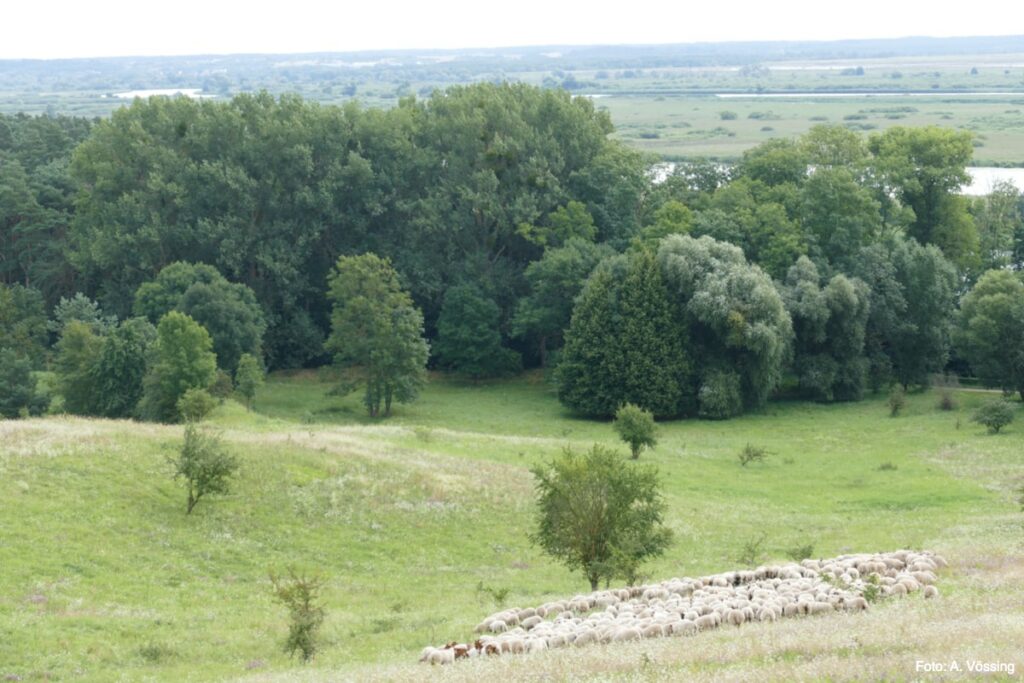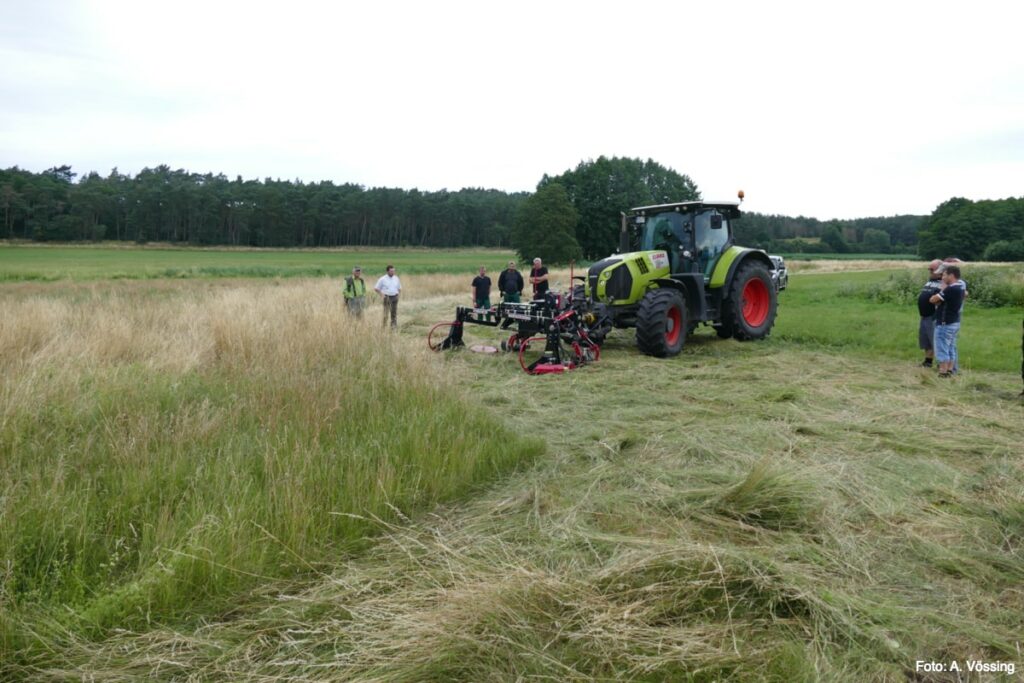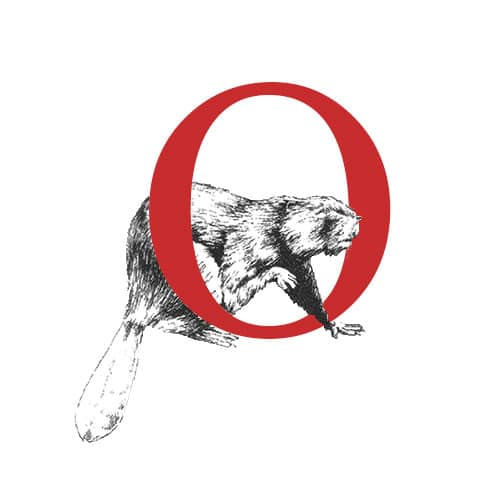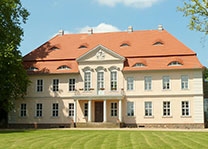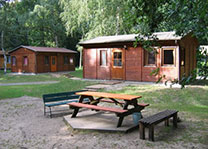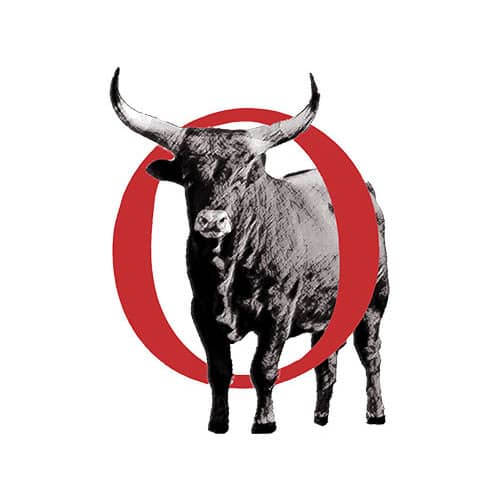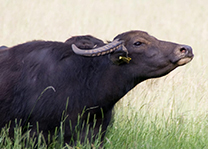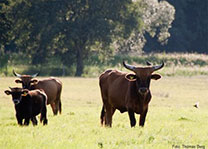In frame of the Large-scale conservation project is of nationally representative importance Association of Friends of the German-Polish European National Park “Lower Oder Valley” as sponsor of the large-scale nature conservation project in the Institute for Environmental Studies (IUS) commissioned the development of a maintenance and development plan in Heidelberg. This was discussed in detail with the interested public and agreed in May 1999 with representatives of the State of Brandenburg and the Federal Republic of Germany.
The maintenance and development plan regulates the use of the individual areas for the core area. The aim is to design future use from a nature conservation point of view in such a way that the ecosystem, in particular the flora and fauna, can develop and develop largely unaffected by human influence. Of course, the existing economic, traffic and tourist use must be taken into account.
In particular, the maintenance and development plan regulates the usage time and the usage intensity. In future, areas in the core area may not be used before June 30th. They can be used every year, sometimes later, for example, when it is the breeding behavior of certain birds such as the Sedge Warbler (Acrocephalus paludicola) or the Corn Crake (Crex crex) requires. The intensity of use is also restricted, the use of fertilizers and pesticides is forbidden, the stocking density is limited to one livestock unit per hectare, the hay meadows should be cut with bar mowers that are gentle on small game and not with rotary mowers and should be cut as finely as possible and from the inside out. When grazing, the bank and forest areas are protected from damage by ungulates by electric fences.
- Sheep herd on the dry grass near Mescherin
In the forest, foreign woody plants and monocultures are gradually loosened or removed. The dry grasslands are regularly grazed by sheep (Ovis) to prevent encroachment.
According to that Brandenburg National Park Act Half of the area, i.e. around 5,000 hectares, is to be taken out of use and left to natural development (total reserves). The maintenance and development plan adheres to these legal requirements. It envisages the development of around 50% of the area as a wilderness area that has not been used by humans. According to the National Park Act, however, the designation of the total reserves is the responsibility of the national national park administration.
The maintenance and development plan has been continuously developed over the last 20 years, in particular the nature conservation requirements that are imposed on the agricultural tenants against rent reduction. Despite these requirements, the association’s agricultural area is in great demand among regional tenants, not least because of the high EU agricultural subsidies. Conflicts with local agriculture, which in earlier years were deliberately fueled by the state administration, albeit covertly, have not existed since 2000, when the support of the association by the responsible Brandenburg Ministry was abruptly ended. The relationship between the local farmers and the National Park Association as landowners is objective and based on partnership.
- Double knife bar mower in action in the Lower Oder Valley National Park
Together with the farmers, the restrictions that are important for nature conservation are determined on the one hand so reliably that the farmers can plan economically, on the other hand so flexibly that the concentration of rare breeding birds, which varies from year to year, can also be taken into account. The general principle in a national park is to keep human interference as low as possible.
Nevertheless, it must be possible to operate economically successfully on the 50% of the land in the national park, which, in accordance with the will of the legislature, can still be used for agriculture. The National Park Association has shown in the last 25 years when applying the maintenance and development plan that this is possible with a sense of proportion and common sense.
